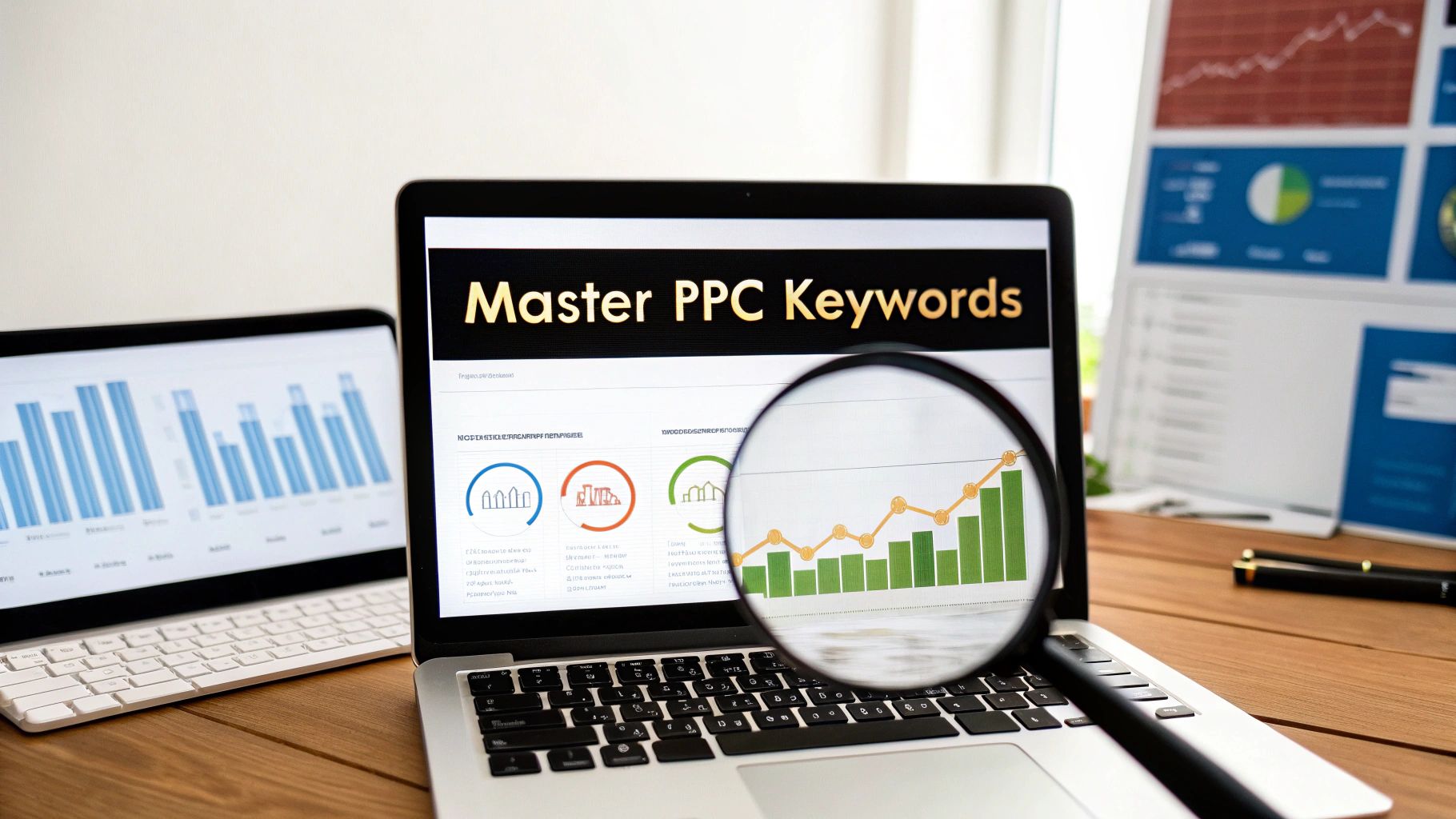Decade of Transformation: The Evolutionary Journey of Search Engine Marketing
- Chase McGowan
- Jan 23, 2024
- 2 min read

Over the past decade, Search Engine Marketing (SEM) has undergone significant transformations driven by technological advancements, user behavior changes, and evolving search engine algorithms. The landscape of SEM, encompassing paid advertising and search engine optimization (SEO), has evolved to meet the demands of a dynamic digital environment. Here's a comprehensive look at how SEM has changed over the last ten years:
Mobile Revolution:
Then: A decade ago, mobile devices were on the rise, but they hadn't yet become the primary means of internet access.
Now: Mobile usage has skyrocketed, with a substantial portion of online searches originating from smartphones and tablets. SEM strategies now prioritize mobile optimization and responsive design.
Algorithm Updates:
Then: Search engine algorithms were less sophisticated, often relying on keyword density for ranking.
Now: Algorithms, especially those of significant search engines like Google, have become more complex. They consider factors like user intent, user experience, and the overall quality of content. Frequent updates keep SEO professionals on their toes.
User Intent and Personalization:
Then: Keyword-centric approaches were prevalent, focusing on matching exact search terms.
Now: SEM has shifted towards understanding user intent. Search engines aim to provide personalized results based on a user's search history, location, and preferences. This has led to the rise of conversational and long-tail keywords.
Voice Search Optimization:
Then: Voice search wasn't as prominent, and SEO strategies primarily targeted typed queries.
Now: With the proliferation of voice-activated devices, voice search has become a significant factor. SEM strategies now include optimizing for natural language queries and understanding the nuances of spoken language.
Local SEO Emphasis:
Then: Local businesses focused on traditional SEO strategies without strongly emphasizing local search.
Now: Local SEO has gained importance, especially with the growth of "near me" searches. Google My Business optimization and local citations are integral parts of SEM strategies for businesses targeting local markets.
Visual Search Integration:
Then: Searches were primarily text-based.
Now: Visual search has gained traction, allowing users to search using images. This has led to changes in visual content optimization and the rise of visual-oriented platforms.
Paid Advertising Platforms:
Then: Google AdWords dominated the paid advertising space.
Now: While Google remains a key player, other platforms like Facebook, Instagram, and LinkedIn have become significant for paid advertising. Each platform has its unique audience targeting options.
AI and Machine Learning:
Then: AI and machine learning were emerging technologies.
Now: Automation and machine learning are integral to SEM. Smart bidding, ad personalization, and predictive analytics are now common tools for optimizing SEM campaigns.
Ephemeral Content and Social Media Impact:
Then: Social media's impact on search rankings was less pronounced.
Now: Social signals play a role in SEO, and ephemeral content on platforms like Snapchat and Instagram Stories has influenced SEM strategies for brands aiming to engage with younger audiences.
Video Marketing Integration:
Then: Video marketing was a separate strategy.
Now: Video content is a crucial component of SEM. Video ads on platforms like YouTube and the importance of video in content marketing have reshaped how businesses approach SEM.
In conclusion, the evolution of SEM over the past ten years reflects the dynamic nature of the digital landscape. Adapting to technological advancements, changes in user behavior, and search engine algorithm updates is crucial for businesses and marketers to stay competitive in the ever-evolving world of Search Engine Marketing.













